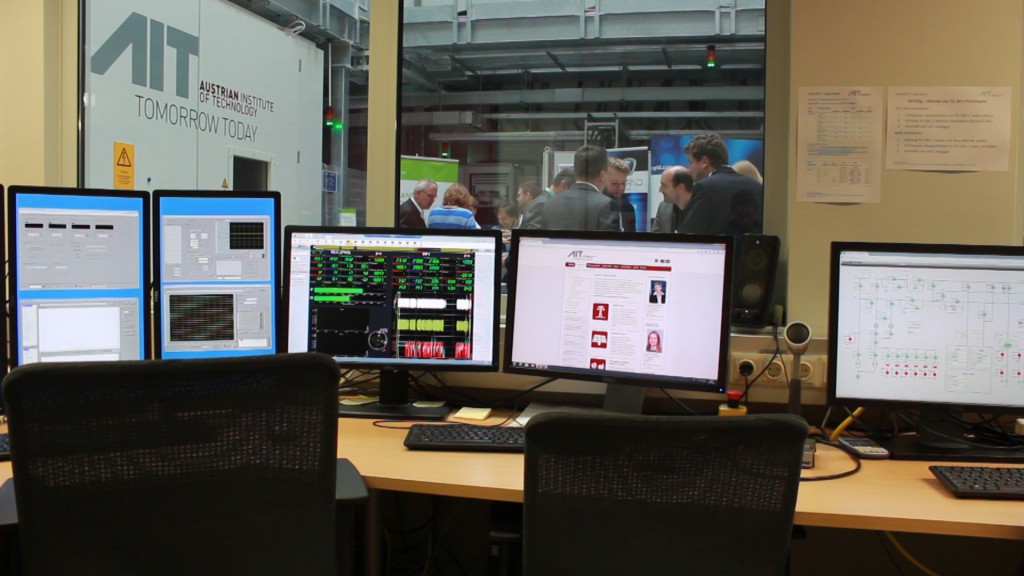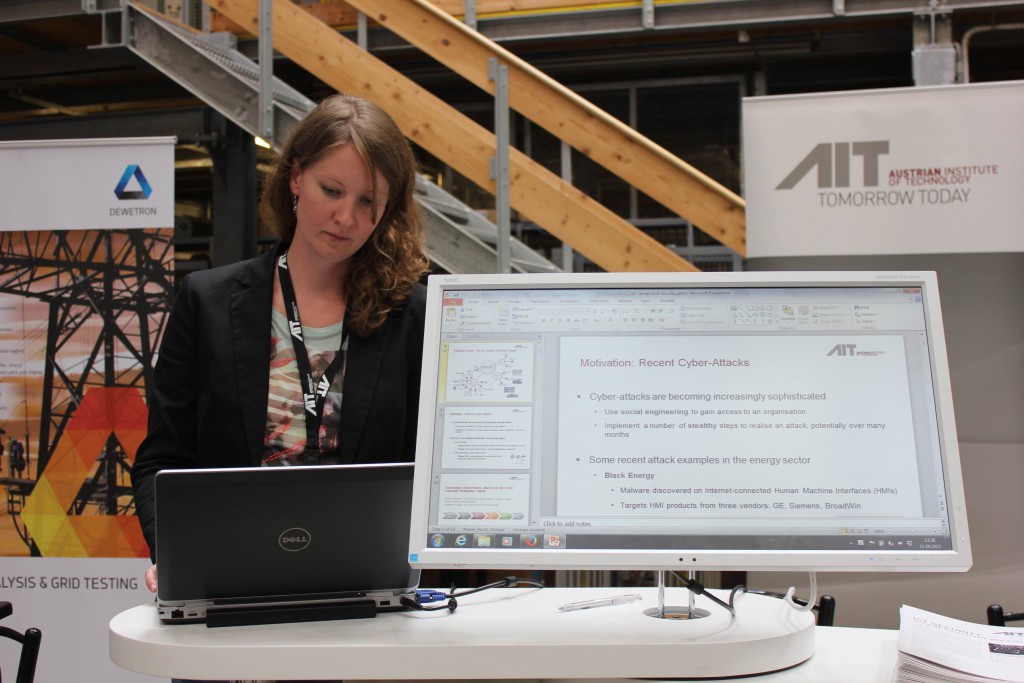AIT: The Future of Smart Grids
11th. of September representatives of the energy industry met in Vienna, to discuss the future of smart grids. There the host, the Austrian Institute of Technology (AIT), is providing one of the most modern laboratories for smart grids in Europe.

Temperatures between -40°C and +120°C, humidity between 10% and 98%. The AIT’s SmartEST laboratory (Smart Electricity Systems and Technologies) in Vienna can simulate the most unfavorable conditions for energy grids. Moreover it can combine real and virtual components during experiments, a process called hardware in the loop and an unique property of the SmartEST laboratory. Wolfgang Hribernik, Head of Business Unit Electric of the AIT, explains, which scenarios for the future energy grid are being testet in Vienna.
New players in the energy market
With the rising of renewables, Wolfgang Hribernik is facing big challenges. Thanks to energy won by wind, sun and biomass, consumers slowly become producers of energy. The energy grid, which was used to be an “one-way street”, has to coordinate more and more providers of energy now. At the Industry Day at the AIT, on 11th. of September, representatives of the energy industry met to discuss the changes coming along with the implementation of smart grids.
Lisann Krautzberger is one of those new players. Her employer, “Next Kraftwerke” pools small and medium size producers of energy to virtual power plants. With this, Krautzberger says, even farms and small hydroelectric facilities can become serious competitors on the energy market.
More safety for a more flexible energy grid
Not only the number of providers is rising due to renewable energies. Also potential dangers are increasing. Lucie Langer is staff member oft he ICT Security Team oft he AIT Digital Safety and Security Department. She is specialized on ICT Safety for smart grids. To protect future assets against hacker attacks, it is most important that they communicate better with the existing infrastructure, she says.

The energy grid of the future comes along with serious changes. Also for consumers, says Wolfgang Hribernik of the AIT. If energy would be periodically scarce, housholds would need to reduce consumption. The management of the future energy grid leaves many questions open. Hriberniks believes that the SmartEST laboratory as nodal point between real and virtual components will play an important role in answering them.

 share
share tweet
tweet share
share
Leave a Reply